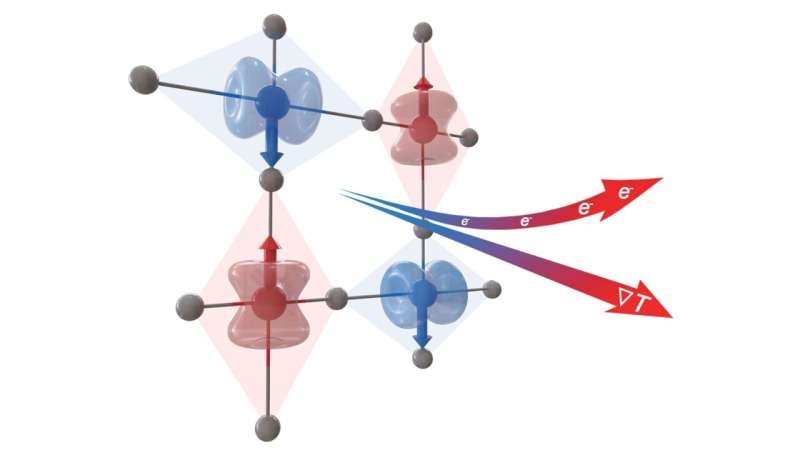Free Courses Sale ends Soon, Get It Now


Free Courses Sale ends Soon, Get It Now



Disclaimer: Copyright infringement not intended.
Context
Details
Emergence of Magnetism in Altermagnets
Nernst and Hall Effects in Altermagnets
Significance for Spin Caloritronics
Altermagnets
Types of Altermagnets:
Properties of Altermagnets:
Synthesis Methods:
Applications of Altermagnets:
Conclusion
Altermagnets represent a diverse class of materials with promising properties and applications across various fields of science and technology. Continued research into their synthesis methods, fundamental properties, and novel applications is essential for unlocking their full potential and addressing societal challenges in energy, information technology, and healthcare.
|
PRACTICE QUESTION Q. Which of the following statements about altermagnets is correct? 1. Altermagnets exhibit only ferromagnetic properties. 2. Altermagnets are a newly discovered class of magnetic materials exhibiting properties different from traditional ferromagnets. 3. Altermagnets display properties observed solely in antiferromagnetic materials. 4. Altermagnets possess a unique blend of magnetic characteristics, resembling both ferromagnets and antiferromagnets. Options: A) 1 and 2 B) 2 and 3 C) 3 and 4 D) 1 and 4 Correct Answer: D) |
© 2024 iasgyan. All right reserved